Description
Shalparni (Desmodium gangeticum) is a shrub with woody stem, 2-4 feet in height. Branches are covered with soft hairs. Leaves are uniflolate, ovate, oblong, obtuse, and pubescent beneath and up to 15cm in length. Lower surface of leaves is light green in color. Flowers are purple/ white in color. Pods are thin, flat, curved carrying 6-8 nodes and also bear the hair like structures on them. Flowering and fruiting occurs in the month of August and November.
General Information
Shalparni (Desmodium gangeticum) is under the category of most important herbs in Ayurveda. It is one of herb amongst Dashmoola which is the group of 10 herbs. This herb is packed with innumerable Ayurvedic properties. This herb has the anthelmintic, anti-catarrhal, carminative, diuretic, expectorant, febrifuge, nervine tonic, anti-diarrheal and stomachic properties. Moreover use of this herb is quite good to resolve the complications like enteric fever, respiratory complications and piles.
Chemical Composition
N-dimethyltryltryptamine, Hypaphorine, Hordenine, Caudicine, Gangetin-3H, Gangetinin and Desmodin are phytochemical compounds present in this herbs which offers various health benefits.
Classification
- Kingdom – Plantae
- Sub kingdom – Tracheobionta
- Superdivision – Spermatophyta
- Division – Magnoliophyta
- Class – Magnoliopsida
- Subclass – Rosidae
- Order – Fabales
- Family – Fabaceae
- Genus – Desmodium
- Species – gangeticum
Habitat
It is found in tropical Africa, Indian subcontinent, China, Japan, Myanmar, Thailand, Cambodia, Laos, Vietnam, Malaysia, Indonesia, Philippines and Australia. Whereas in India it is grown in the forest and waste lands from plain and western Ghats, up to 1500 m in north up to Sikkim.
Ayurvedic Properties
| Hindi / Sanskrit | English | ||
| Rasa | Madhura, Tikta | Taste | Sweet, Bitter |
| Guna | Guru, Snigdha | Physical Property | Oily, Heavy |
| Virya | Ushna | Potency | Hot |
| Vipaka | Madhura | Metabolic Property (After Digestion) | Sweet |
Effects On Doshas
It balance the vata and kapha doshas.
Classical Categorization
| Charak Samhita | Sushrut Samhita |
| · Angamardhaprashamana – Group of herbs that help to relieve myalgia
· Shothahara – Anti-inflammatory group of herbs · Balya – Group of herbs that improve strength · Snehopaga – Group of herbs that are used in Snehana (oleation – preparatory procedure to Panchakarma) · Madhura Skandha – Group of herbs with sweet taste. |
· Vidarigandhadi gana,
· Laghu Panchamoola |
Practical Uses Of Desmodium Gangeticum
- Anti-oxidants – This herb is packed with anti-oxidant properties which help to neutralize the effects of free radicals and other substances. Thus it is a good herb to protect the body from diseases and also helps to boost up the immune system.
- Anti-inflammatory – Anti-inflammatory activities of this herb are quite good to provide relief in the pain in different parts of body.
- Anti-rheumatic and anti-arthritis properties – Use of this herb is quite good in arthritis and rheumatism. Anti-inflammatory and analgesic properties of herb help to reduce the pain and swelling in joints. It also helps to provide relief in stiffness of joints and improves the mobility.
- Astringent – This herb acts as the astringent agent which helps in contraction of body tissues. It helps in the removal of waste material and toxins from body.
Antipyretic – Being an antipyretic herb use of this herb is quite effective in the treatment of fever. - Anthelmintic – Anti parasitic properties of this herb are quite effective to expel out the worms and other internal parasites from body.Anthelmintic properties of herb are also used against tapeworms, roundworms and flukes. This herb is also beneficial to manage the problem like diarrhea, anemia associated with the infestation of worms.
- Diuretic- Diuretic properties of herb are good to resolve the problems like difficulty in urination, burning sensation in urine and frequent urination.
- Immune-stimulant- This herb also acts as immune-stimulant and helps in stimulation of components of immune system like B cell, T cell, monocytes, and macrophages.
- Laxative – This herb also acts as the laxative thus helps in easy passing of stools.
- Nervine tonic – This herbs is considered as a nervine tonic and thus use of this herb is quite good in the stress, tension, anxiety and depression.
- For heart diseases Use of Shalaparni for heart diseases due to Vata imbalance is mentioned in Charak Samhita.
- Treatment of piles- Use of this herb is quite effective in the treatment of piles. It helps to improve the digestion and resolves the problem of constipation which may also be the cause of piles. More over this herb helps to provide relief from the problems like itching, irritation, redness, soreness and swelling around anus.
Respiratory complications- Extracts of this herb helps to restrict the release of allergic and inflammatory chemicals from the lung. - For cardiovascular problems- This herb helps to strengthen the heart muscles. It maintains the good blood flow in body by dilation of blood vessels. It helps to maintain the good HDL levels in body and decreases the levels of LDL.
- Moreover this herb also helps to maintain the healthy blood pressure level in body.
- Skin diseases- Extracts of this herb are also good in the treatment of skin diseases. It helps to provides relief in problem which are associated with skin diseases like redness, itching and dry scales on skin.
- Sexual debility – Aphrodisiac properties of the herb help maintain the good sex power and libido. This helps to manage the male sexual health issues like sexual debility and premature ejaculation.
- Digestive problems – This herb also supports the good health of digestive system. Use of this herb is quite good to manage the problems like anorexia, flatulence, vomiting and diarrhea.
Parts Used
- Roots
- Whole plant
Dosage
Decoction – 50-100ml


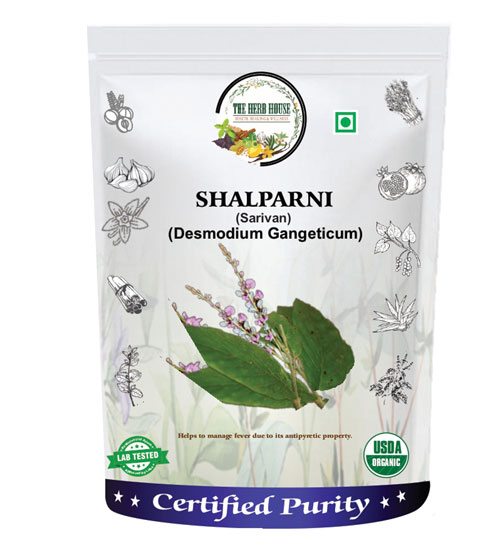
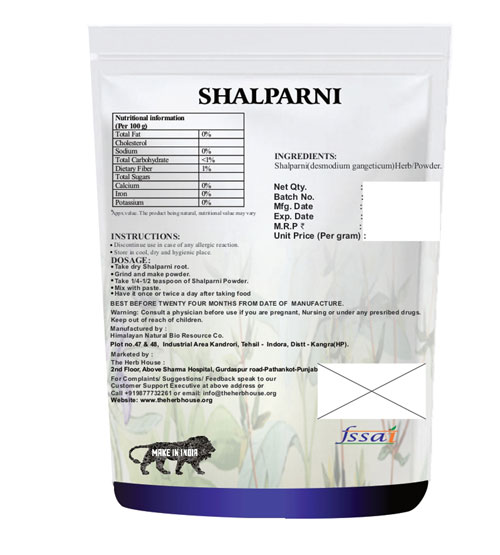
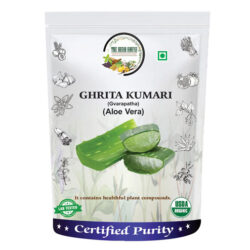
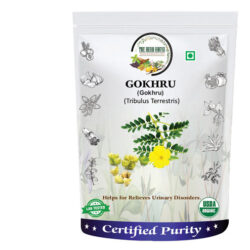
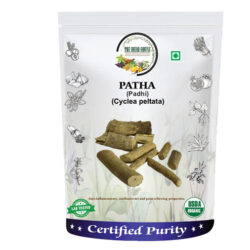
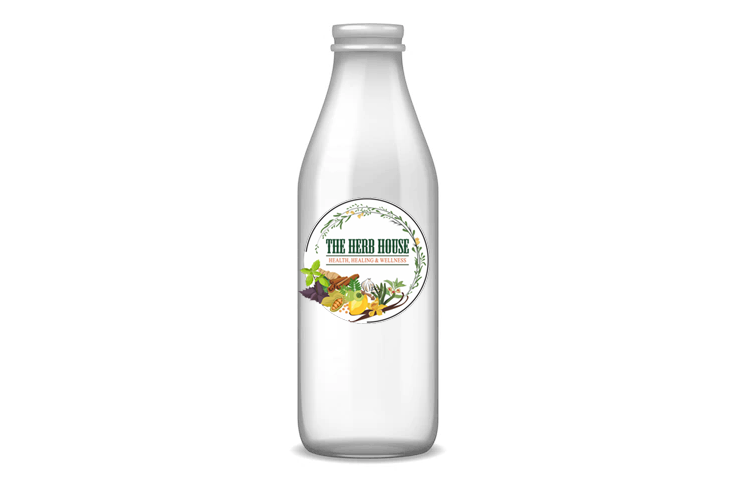
Reviews
There are no reviews yet.